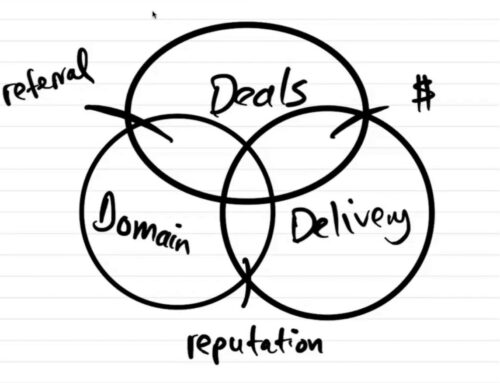7CTO founder Etienne de Bruin discusses work relationships and the critical role leaders have in upgrading and nurturing these relationships across the organization. When breaking apart the dynamic of work relationships, Etienne explains that the most neglected aspect of our work life is our working relationships. We are all good at working relationships to some extent, but it surprises us when something does not go as planned within the relationship dynamic.
Working relationships are often established by our organizational hierarchy or by the baggage we carry from our past. For instance, someone gets hired into a role, they are not perceived by who they are. Instead, they are judged by the relationship the employees had with their predecessors. There may be assumptions made based on previous negative experiences such as “my last CTO sucked,” or, ‘the last engineer I worked with was terrible!” and so we end up having a breakdown, or even worse, terrible working relationships.
Etienne challenges CTOs to think about being more intentional in their relationships. He encourages CTOs to ponder what intentional questions need to be asked to start a healthy work relationship. Then, think about how these intentional questions and statements are different from just going through the motions.
Examples of Intentional Questions:
- What does success look like?
- What do you need from me?
- Can you tell me about your hobbies?
Examples of Intentional Statements:
- Please let me know if you are unavailable.
- I might look angry sometimes, but I am just in deep thought.
- I do not respond to texts on weekends.
These questions and statements are examples of being intentional in relationships. Within these intentional questions and statements, you are setting clear expectations. They provoke understanding and clarity on what works for both parties. They inspire a way to define mutual success. They promote transparency, safety, and genuine curiosity about each other.
By using the above roadmap to being more intentional within your work relationships, you have now defined the relationship in a healthy way. However, as time progresses and you face different challenges in the workplace, your relationship will inevitably be tested. This could look like a lackluster performance, unhappy teams, lack of motivation, or dreading collaboration. Because CTOs are problem solvers by nature, you may find yourself quite naturally asking the necessary questions to get to the root of the problem. You might even automatically use verbiage such as:
“Help me understand…”
“I’m curious why you didn’t do this…”
“Help me understand why…?”
“When did you start using…?”
“When did you stop coming to me…?”
These inquiries all present with the appearance of being interested and curious. However, in actuality, you are consciously, or even subconsciously, trying to match the person’s response to your formulated solution. Using this framework, you attempt to help someone understand what you know is the solution to their problem. You may even repeat yourself to ensure the other person truly comprehends your point of view. Nevertheless, by doing this, you are ultimately just asserting yourself and your ideas. As much as you think you have a modern equitable relationship, you are just being a boss, a CTO, and a leader. What is missing here is genuine curiosity. Curiosity without the intention or agenda to convince another person to see things “your way” or the presumed “correct way.”
What if we take that off the table completely? What if you went into this situation with genuine curiosity about what is truly present for you or another person? Your stance, perception, and questioning will look different then. Your questions are now more powerful and inviting from this more open, unbiased, and unassuming perspective. Instead of leading the person to your way of seeing things or doing things, you are expanding and genuinely wondering what the two of you can create. Think about the following questions that promote genuine curiosity:
“What are you making from this?”
“What is possible?”
“What does resolution look like to you?”
“What is an example of…?”
“Tell me more about….?”
“Is there something here that we can explore?”
As CTOs, it is essential to ask yourself how I can be curious and what can we create. You want to get to the point of letting go of assumptions and letting go trying to control the outcome. This is how the working relationship now becomes expansive, open, and filled with possibility, care, and empathy.
By doing this, it’s now a positive and healthy relationship that is not about the leader or CTO bulldozing the other because they’re “the boss.” This dynamic fosters a working relationship where the person you’re talking with or working with will feel heard, seen, and feel like they are in a safe relationship. More importantly, they will feel like they’re in a partnership. By cultivating a work environment that values safe, healthy, and positive relationships and partnerships, you will change the way employees perceive their value within the organization. By implementing these tools, you will transform working relationships one relationship at a time. Because ultimately, setting the tone on the importance of safe, positive, and healthy working relationships and partnerships starts at the top.




